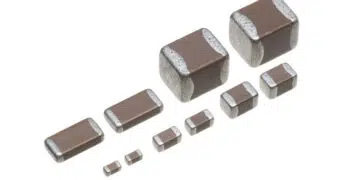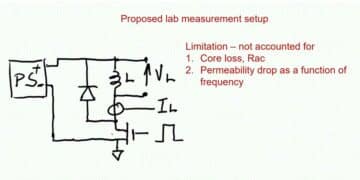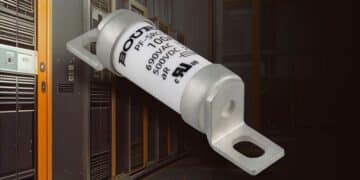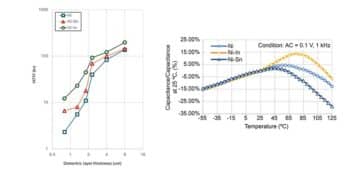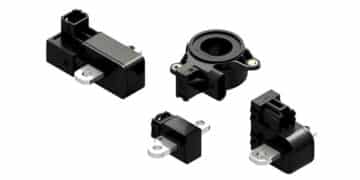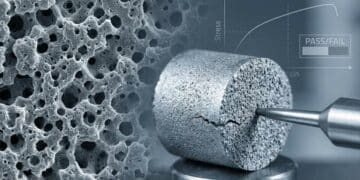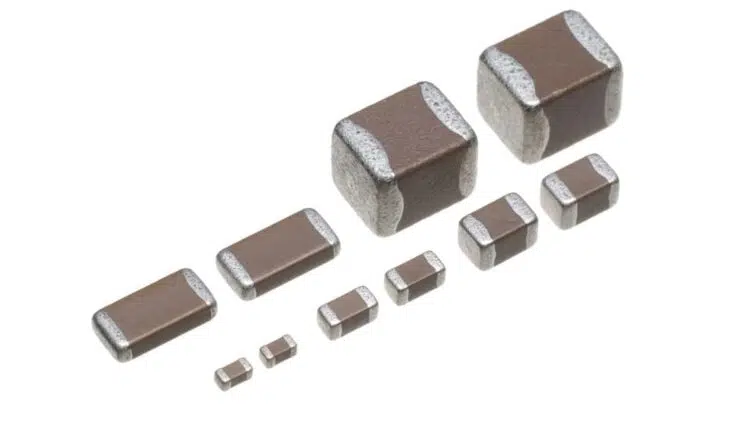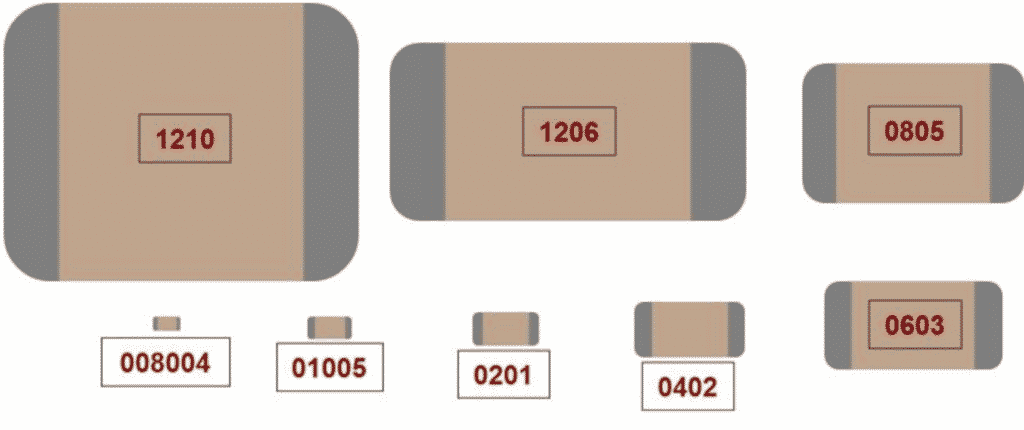Standards are a form of technical infrastructure, and their influence is felt throughout the electronics industry. For example, formed in 1924, the Electronic Industries Alliance (EIA) was an American standards organization that established an alliance of trade associations in the United States electronics manufacturing industry. Their collaboration ensured that electronic equipment produced by different manufacturers was compatible and interchangeable. The EIA formally dissolved in February 2011, dividing by sector.
The Electronic Components, Assemblies, Equipment, and Supplies Association (ECA) continued to develop standards for passive and electromechanical (IP&E) components, overseeing details like direct component marking, data modeling, color-coding, and packaging. All other component standards were expected to be managed by their respective industry sectors. Also in 2011, the ECA merged with the National Electronic Distributors Association (NEDA) to form the Electronic Components Industry Association (ECIA). Today, the ECIA still supports EIA standards development for passive and electromechanical electronic components.
MLCC requirements fall under EIA-198. Their standardized size and shape offerings are a reflection of American EIA standards, often represented using Imperial measurements (e.g., inches) rather than Metric. When reading a specifications chart, like Figure 1, EIA dimension codes correspond with the dimensions of the MLCC itself. For example, a rectangular chip with the dimensions 0.08 inches in length by 0.05 inches in width is coded as “0805.” Looking at the chart, you’ll notice International Electrotechnical Commission/ European Standard (IEC/EN) codes too. The Joint Electron Device Engineering Council (JEDEC) established this set of specifications to represent the Metric system. See Figure 1. below with EIA inch and IEC/EN metric dimension and codes.
MLCC sizes range from 008004 (0.010 inches x 0.005 inches) to 8060 (0.8 inches x 0.6 inches). Height dimensions aren’t provided in this context because height is application specific, as it depends on the number of layers in the MLCC. Layer count is determined by capacitance requirements.
Figure 2. is showing relative MLCC case size comparison of the most common case sizes.
Over time, case sizes continue to run smaller and smaller. Designers are tasked with minimizing SWaP—size, weight, and power—while maintaining or increasing functionality. It’s no surprise that codes 0201 through 1206 were the most requested sizes over the last two decades, according to Paumanok Research. As time goes on, that range will likely shift downwards. It’s worth noting that the industry has seen a gradual increase in production for the 1206 and 1210 case size MLCCs. Figure 3. sourced from Murata is showing evolution of MLCC case size share with time.
